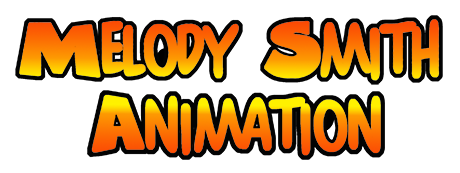2D cel animation
This is the traditional type of animation, made popular by Walt Disney and his company who made the first feature length animation (Snow White) back in 1937. The first concept for making animations like this came from John Randolph Bray and Earl Hurd in the early 1900's. Before this, 2D animations were made from a series of cartoon pictures, each one drawn completely with just a small change to create the appearance of movement. These animated cartoon strips became known as 'cartoons'.
In this type of animation each frame was know as a cel. This came from the transparent sheet (made of celluloid) that they used in the process of making the animation. The background (non-moving part) of each scene would be created on a base sheet and any moving parts, characters or foreground would be created on celluloid sheets. These cels could then be placed over the background to create the final frame. The next frame would have the cel containing the moving parts changed to the next move in the sequence (step) until the scene was complete.
When a company used this process there was usually a Head Animator who created and drew the main character. Other animators would then create the 'tweens' (in-between cels with extra drawings on to fill in the step positions between the ones created by the main animator that smooth the motion and avoid jerkiness) and paint the characters on the back of the cels, to give them colour and make them solid (opaque). The 'tweens' were made (before painting) by placing upto 5 cels on top of each other. The top and bottom layers being the two steps that the animator was filling in the extra steps to smooth out the motion. The animator would flick between these layers to see the movement of the character. These layers became known as 'onion skins'. The term 'onion skinning' is used still today in computer animation software.
Watch the video to find out more about how the original cels were created: *







